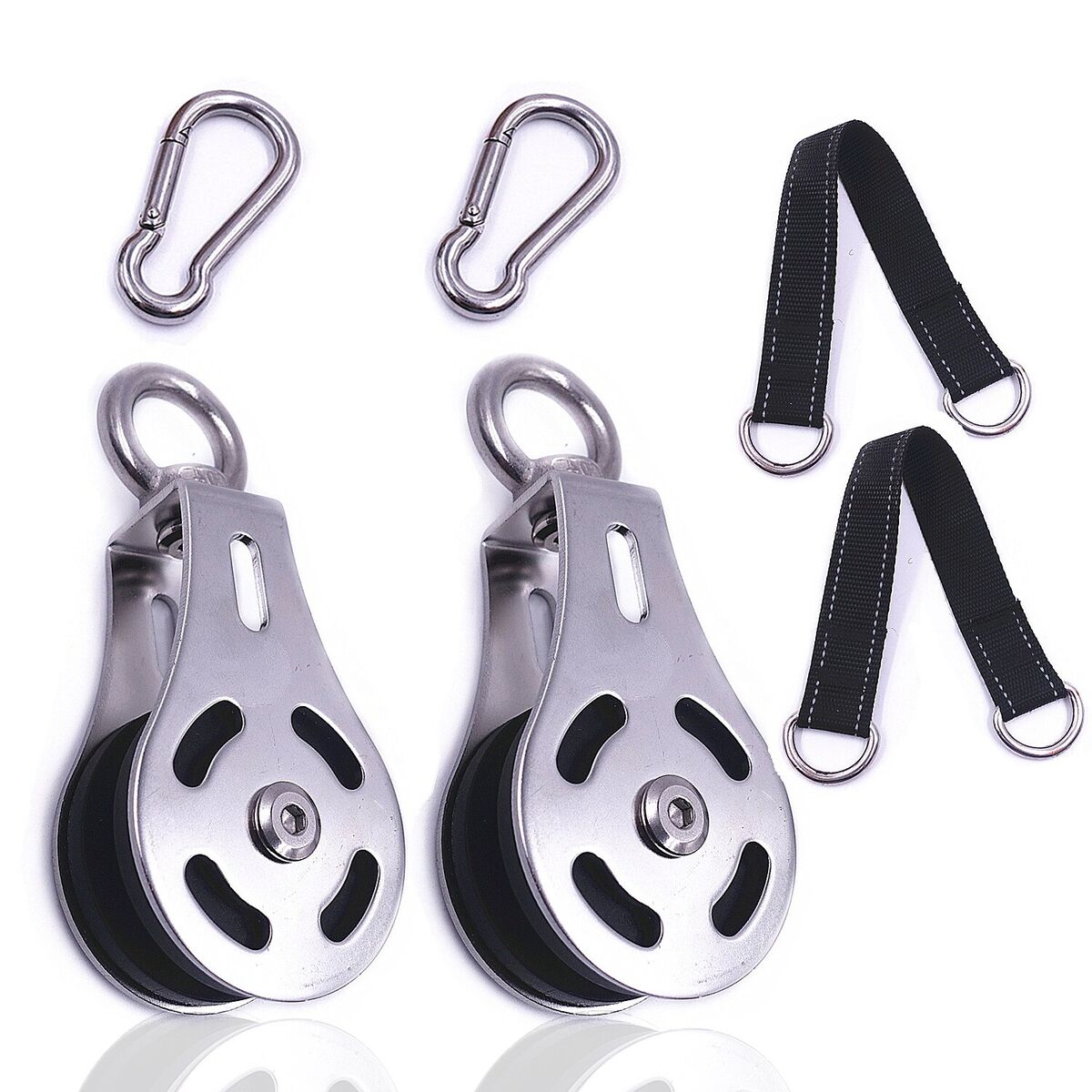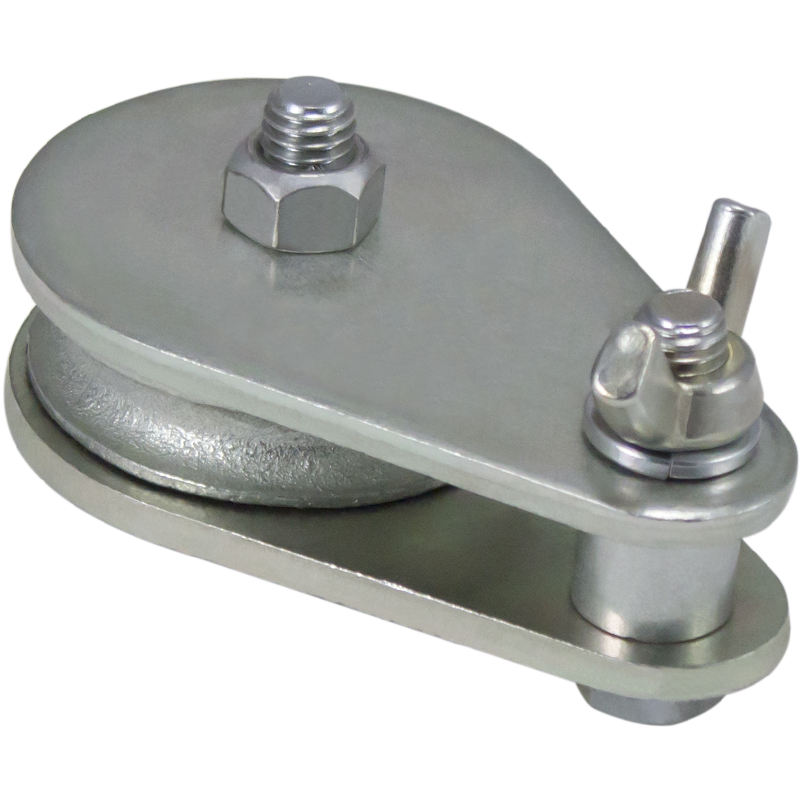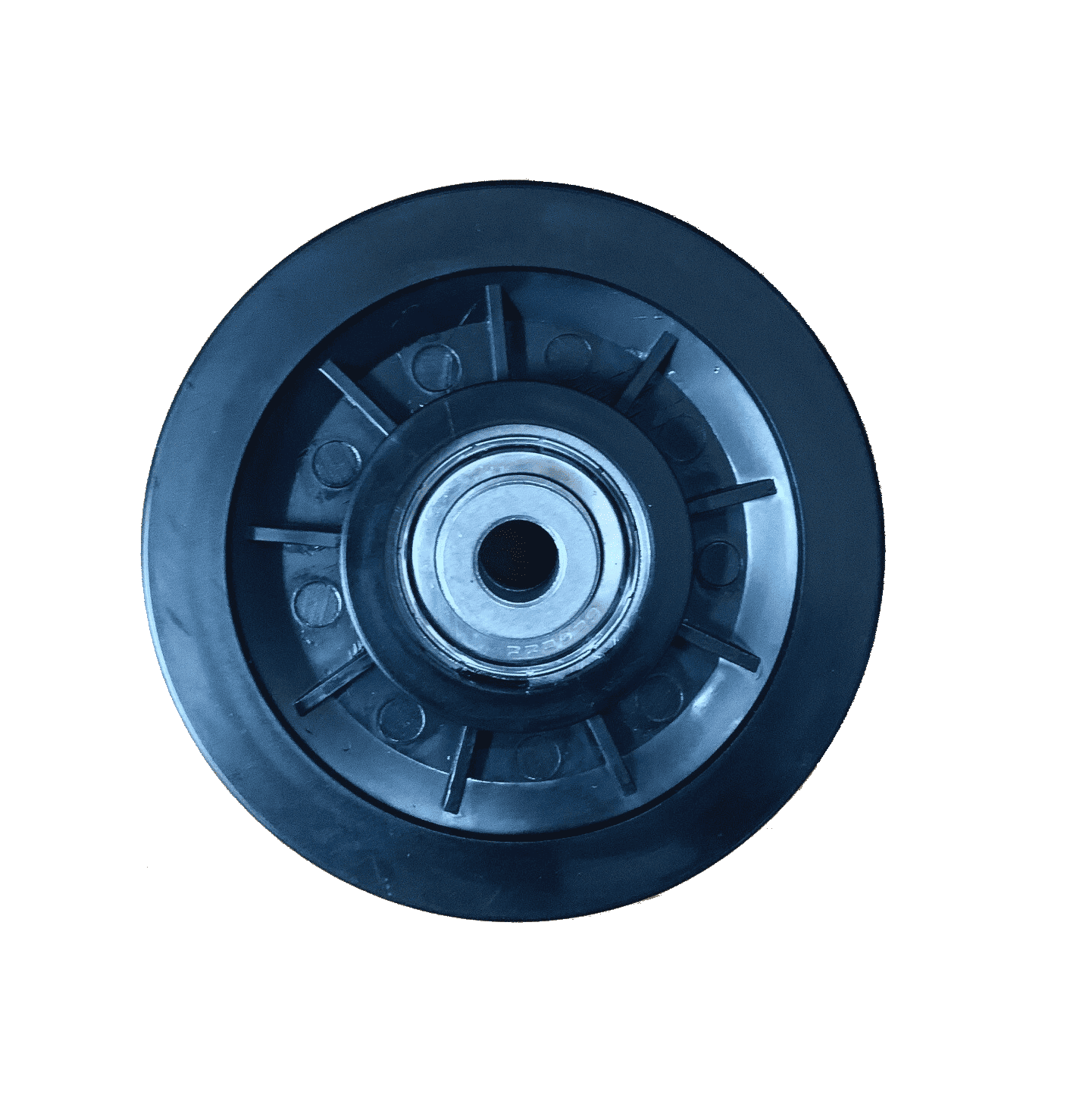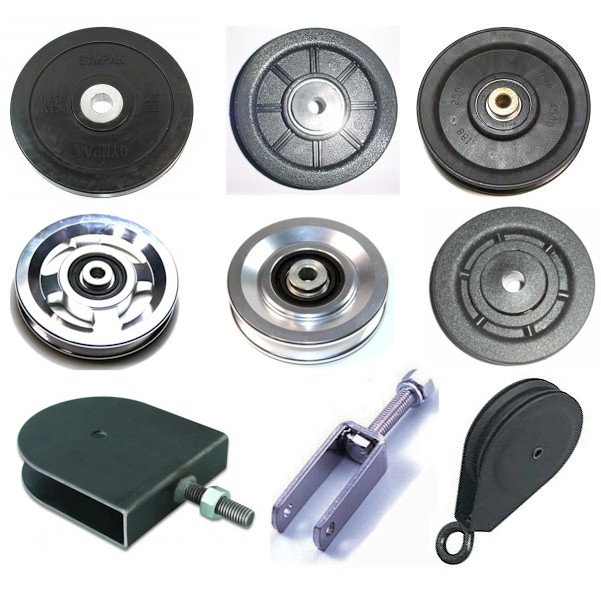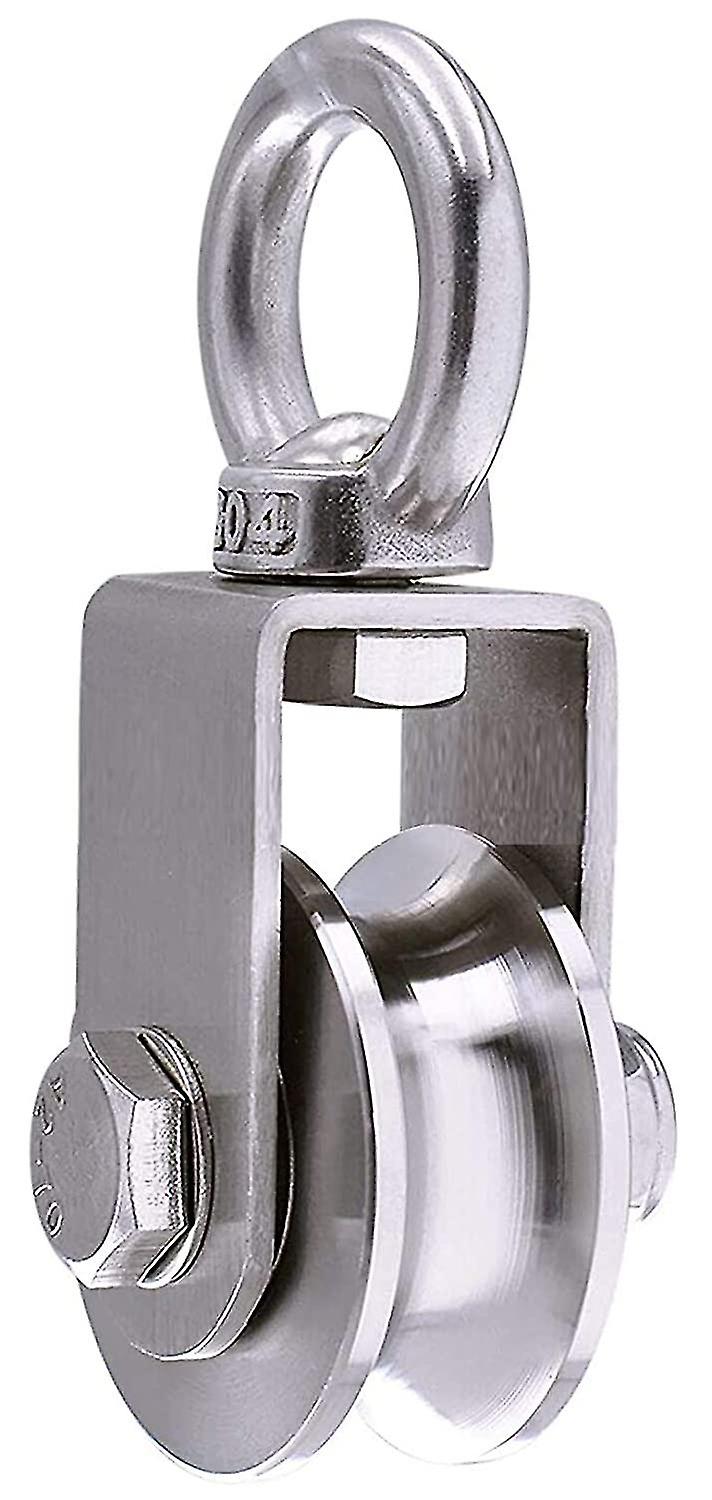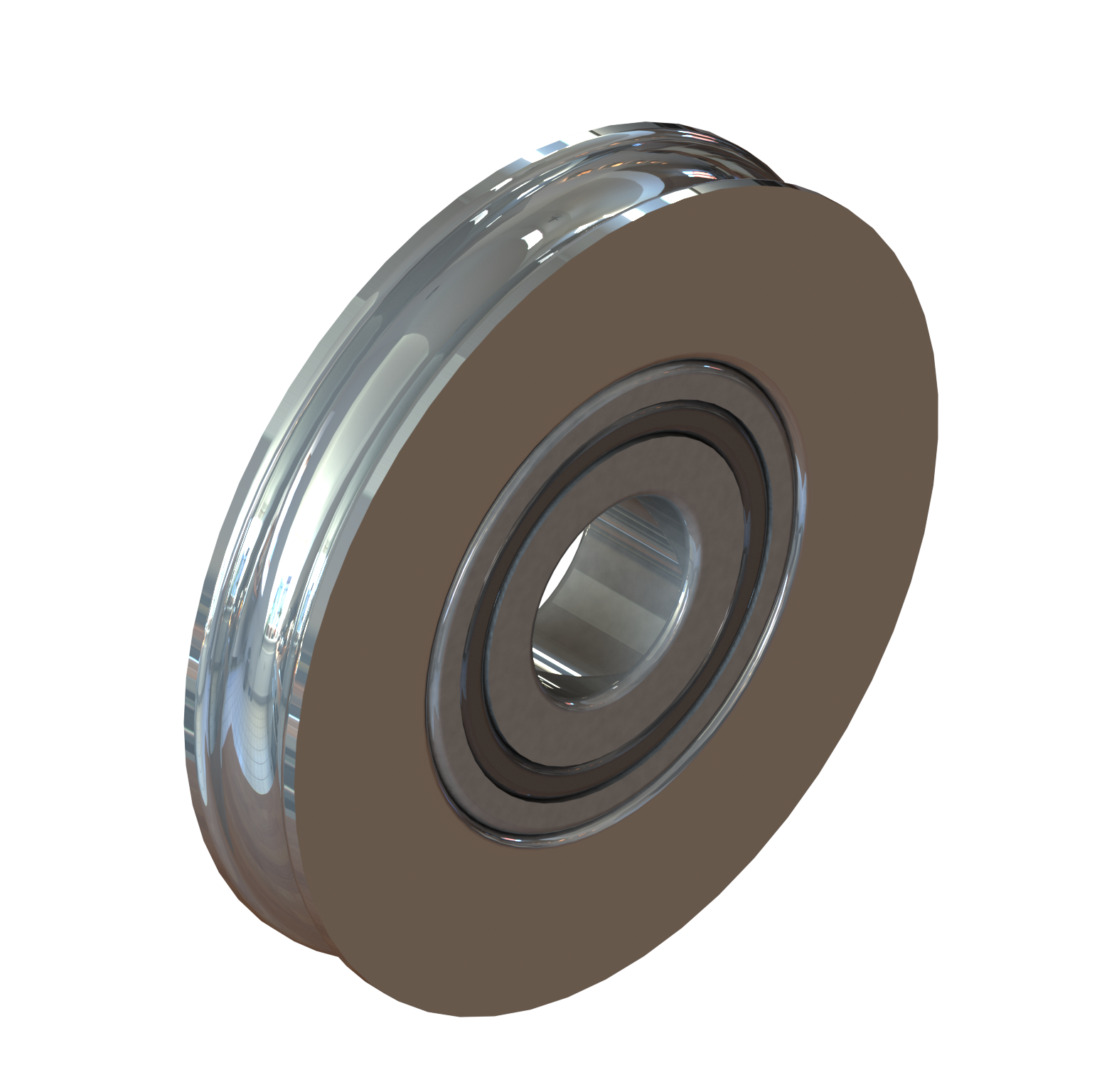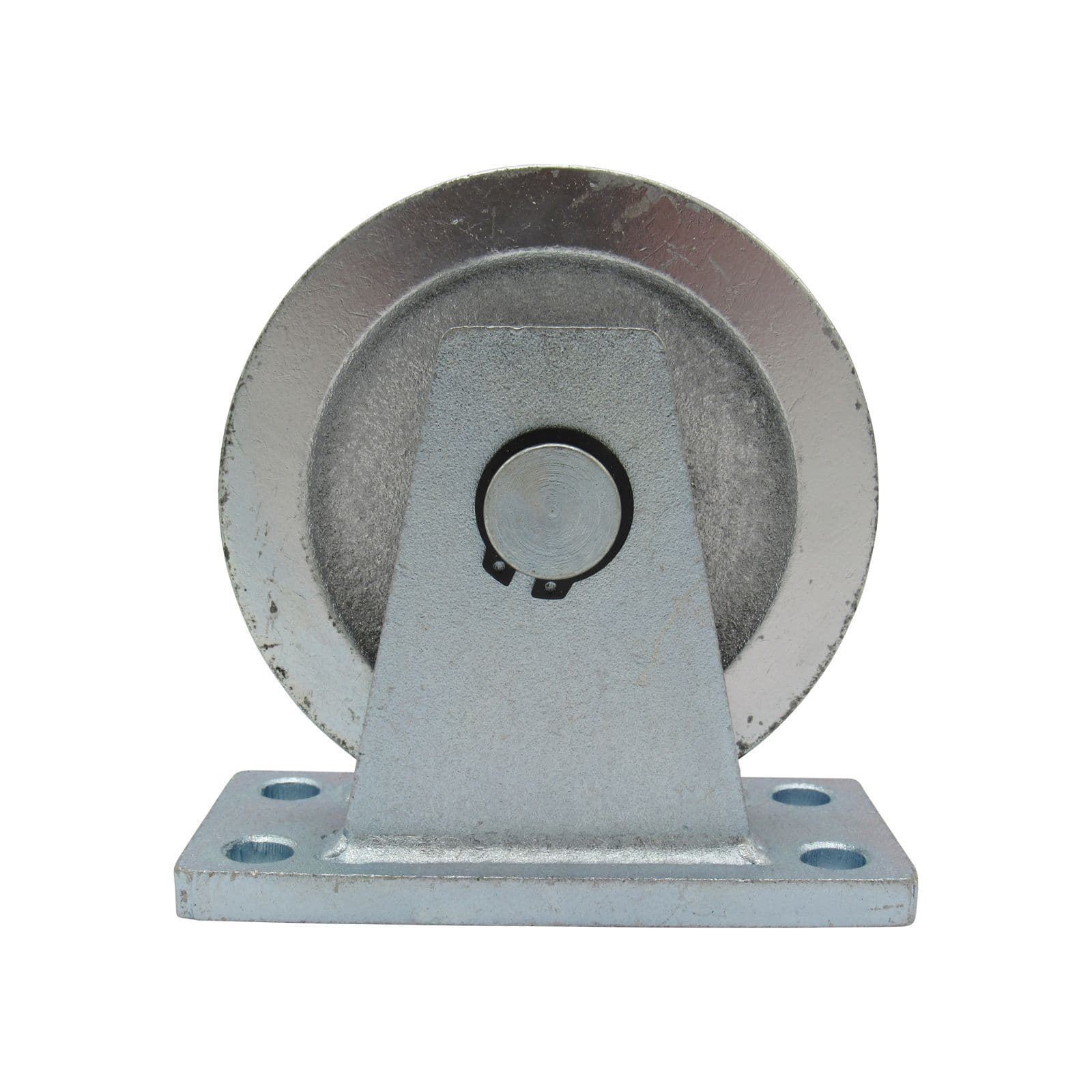Product Description
Product Description
API 8C Port Hoisting Crane Wire Cable Pulley
With high bearing capacity, high wear resistance and long service life
Sheave features:
| Material | Q235B, Q345B, 35#, 45#, 60#, SSW-QR1, S45C |
| Groove surface quench | HRC45-55 |
| Groove surface quench depth | 2mm-2.5mm |
| groove MT after heat treatment and welding line UT and MT | |
| Max processing diameter | 2, 000mm |
| Short production cycle | |
| It is used for crane equipment, port equipment, oil drilling rig and so on. | |
| Code | Wire rope diameter(mm) | Main dimension(mm) D | |||||
| Groove diameter | Outside diameter | R | Groove Width | Shaft diameter | Bearing hole width | ||
| BX1321 | 10-14 | 450 | 495 | 7 | 37 | 55 | 70 |
| BX2321 | >14-19 | 560 | 620 | 10 | 50 | 80 | 86 |
| BX3321 | >19-23.5 | 710 | 781 | 12 | 60 | 95 | 106 |
| BX4321 | >23.5-30 | 900 | 990 | 15 | 73 | 130 | 122 |
| BX5321 | >23.5-30 | 1120 | 1232 | 19 | 92 | 160 | 142 |
| BX6321 | >30-37 | 1250 | 1376 | 22 | 104 | 160 | 142 |
| BX7321 | >43-50 | 1600 | 1752 | 26 | 123 | 190 | 182 |
| BX8321 | >50-58 | 1800 | 1972 | 29 | 135 | 190 | 182 |
Detailed Photos
Production Profile
About Us
About Us
As a company of industries and trading integration with ISO 9001-2008 Certificate, HangZhou CHINAMFG Metallurgy Equipment Manufacturing Co., Ltd. Has been in manufacturing material handling equipment parts for many years, with professional experience.
Our Service:
If you are interested in any of our products, please contact me freely! Warmly Welcomed your visit to our factory in China, OEM service will be ok.
Application
Customer Visiting
Certifications
Packaging & Shipping
Services:
Best Services For You
1) We can provide OEM service and design for you
2) We can pack the goods according to your requirement
3) We test the quality of all products before delivery
4) We guarantee our reply in 24 hours of working day
5) We can communicate with you in different languages
6) High quality, best price, punctual shipment, good after-sale service will be guaranteed.
FAQ:
Q: What information should I provide if I want to order the products?
1) Product information: Quantity, specification
2) Delivery time required.
3) Shipping information: Company name, address, phone number, destination seaport/air port.
4) Forwarder's contact details if there is any in China.
Q: How about your payment terms?
A: 30% -50%deposit, with the balance before delivery, we accept T/T and L/C at sight.
Q: Can I use our own logo?
A: Yes, we can produce by using your own logo if you need.
Q: How about sample & MOQ policy?
A: Welcome sample order. MOQ can be 1 set.
Q: What is your lead time for your goods?
A: Normally 30 days after confirmed order,
/* January 22, 2571 19:08:37 */!function(){function s(e,r){var a,o={};try{e&&e.split(",").forEach(function(e,t){e&&(a=e.match(/(.*?):(.*)$/))&&1
| Sheave: | Goods Crane |
|---|---|
| Pulley: | Lifting Equipment |
| Transport Package: | Plywood Case |
| Specification: | 300mm-2000mm |
| Trademark: | baoxin |
| Origin: | Changzhou, China |
| Customization: |
Available
| Customized Request |
|---|
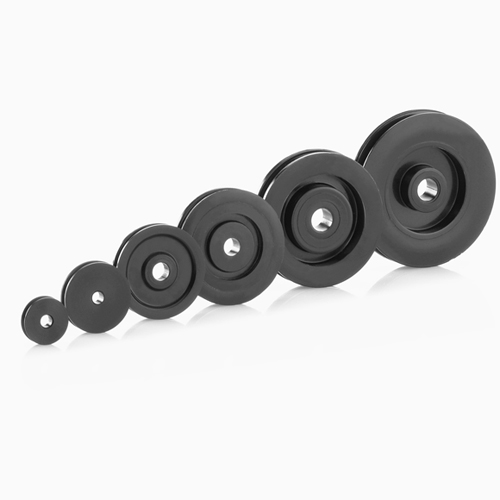
What maintenance procedures are necessary to keep cable pulleys in good condition?
To keep cable pulleys in good condition, several maintenance procedures should be followed. Regular maintenance helps ensure the optimal performance, longevity, and safety of cable pulleys. Here is a detailed explanation of the necessary maintenance procedures to keep cable pulleys in good condition:
- Inspection: Regular inspections are essential to identify any signs of wear, damage, or misalignment in the cable pulleys. Inspect the pulleys for cracks, corrosion, or deformation. Check if the pulley grooves are worn or damaged. Ensure that the pulleys are securely mounted and aligned properly. Detecting and addressing issues during inspections can prevent further damage and ensure the pulleys function correctly.
- Lubrication: Proper lubrication is crucial to ensure smooth operation and reduce friction in cable pulleys. Apply lubricant to the pulley surfaces, bearings, or bushings as recommended by the manufacturer. This helps minimize wear, corrosion, and noise. Use lubricants suitable for the specific pulley materials and environmental conditions. Regularly lubricate the pulleys according to the manufacturer's guidelines.
- Tension Adjustment: Check the tension of the cables connected to the cable pulleys. Improper tension can affect the performance and lifespan of the pulleys. Follow the manufacturer's recommendations for the appropriate cable tension. Adjust the tension as needed, ensuring it is within the specified range. Proper tension distribution is crucial for the overall stability and operation of the system.
- Cleaning: Keep cable pulleys clean to prevent the accumulation of dirt, debris, or contaminants. Regularly remove any buildup from the pulley surfaces and grooves. Use a brush or a cloth to clean the pulleys thoroughly. Ensure that no foreign objects are lodged in the pulley grooves or interfering with the cable movement. Cleaning the pulleys helps maintain their functionality and prevents potential damage.
- Replacement: If any cable pulleys show significant signs of wear, damage, or deformation that cannot be repaired, they should be replaced promptly. Continuing to use faulty or worn-out pulleys can compromise the performance and safety of the system. When replacing pulleys, ensure they are of the correct size, type, and specifications recommended by the manufacturer.
- Professional Servicing: In addition to regular maintenance tasks, it may be necessary to engage professional servicing or maintenance personnel for more comprehensive inspections and repairs. Experienced technicians can assess the overall condition of the cable pulleys and perform specialized maintenance procedures, such as bearing replacement or pulley realignment. Professional servicing can help ensure the pulleys are in optimal condition and operating safely.
By following these maintenance procedures, cable pulleys can be kept in good condition, ensuring their reliable and safe operation. Regular inspections, lubrication, tension adjustment, cleaning, and timely replacement are key to maximizing the lifespan and performance of cable pulleys.
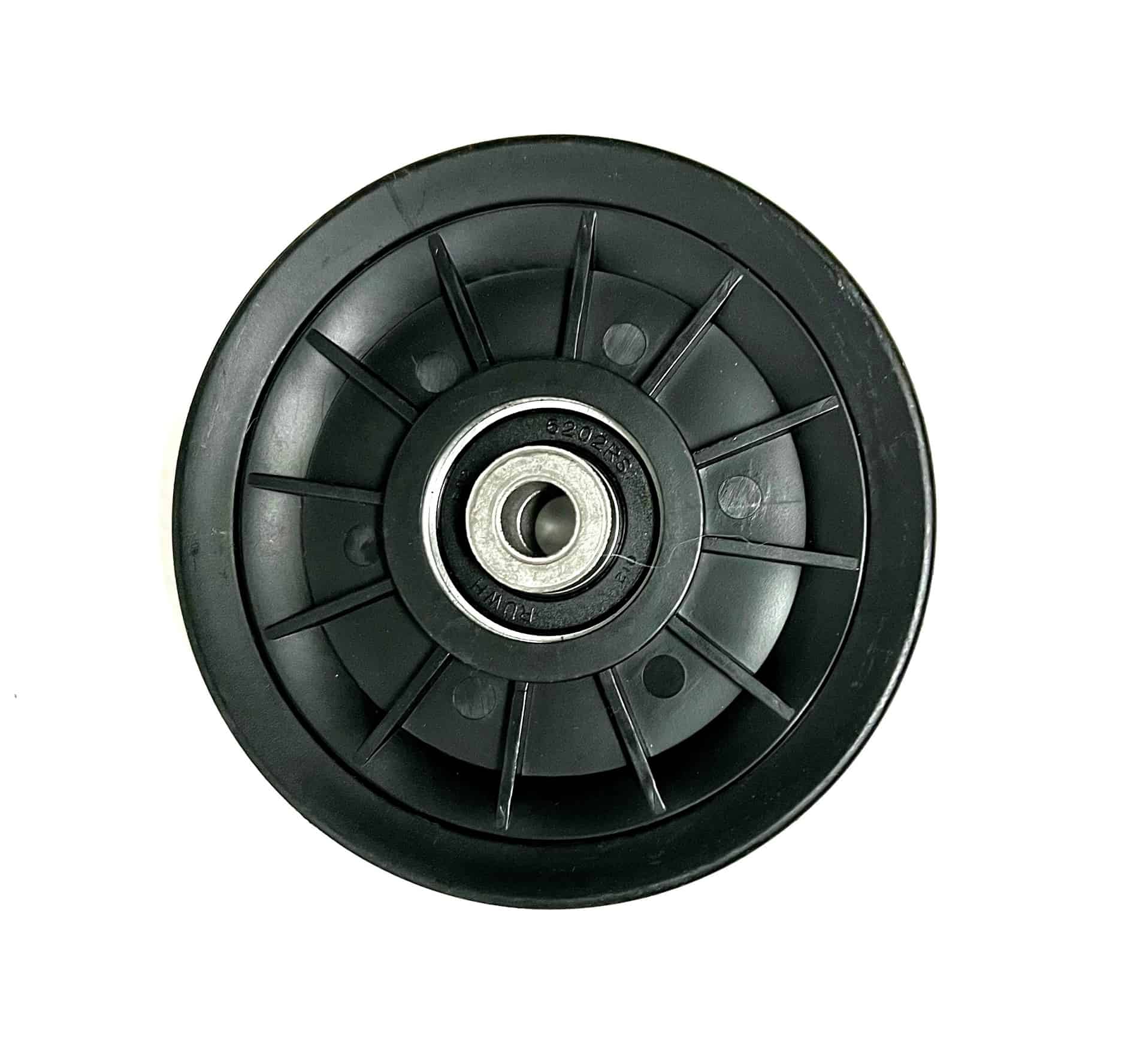
How do cable pulleys affect the precision of cable routing and tensioning?
Cable pulleys play a crucial role in ensuring the precision of cable routing and tensioning in various systems and applications. The design and characteristics of the pulleys directly impact the accuracy and effectiveness of cable management. Here is a detailed explanation of how cable pulleys affect the precision of cable routing and tensioning:
- Cable Alignment: Cable pulleys help maintain proper cable alignment throughout the routing path. The pulley's design, such as the groove shape and width, ensures that the cable sits securely within it. Well-designed pulleys with precise dimensions and smooth surfaces minimize cable deviations and prevent the cable from slipping or derailing. Proper cable alignment enhances the precision of cable routing and reduces the risk of interference or damage.
- Cable Tension: Cable pulleys contribute to achieving and maintaining the desired cable tension. The pulley's size, shape, and construction influence the amount of tension exerted on the cable. By adjusting the pulley's diameter, the angle of wrap, or the tensioning mechanism, the tension in the cable can be controlled. Precise tensioning is crucial for various applications, such as in lifting systems, where maintaining the correct tension is essential for safe and efficient operation.
- Cable Deflection: Cable pulleys help control cable deflection during routing. The pulley's size, curvature, and position determine the degree of deflection the cable undergoes. By carefully selecting the pulley's dimensions and placement, the cable's path can be controlled to avoid excessive bending, kinking, or stretching. Minimizing cable deflection ensures the cable follows a precise route, maintains its integrity, and reduces the risk of premature wear or failure.
- Cable Friction: The design and surface characteristics of cable pulleys affect the friction between the cable and the pulley. Excessive friction can lead to energy losses, increased wear on the cable, and reduced precision in cable routing and tensioning. Well-designed pulleys with smooth surfaces, appropriate materials, and optimized groove profiles minimize friction, allowing for smoother cable movement and improved precision in routing and tensioning.
- Cable Wear: Cable pulleys can impact cable wear and longevity. Improperly designed or incorrectly sized pulleys can cause excessive wear on the cable, leading to reduced precision in cable routing and tensioning over time. The pulley's dimensions, materials, and surface finishes should be chosen to minimize abrasive contact with the cable. Additionally, pulleys with rounded edges and proper cable support reduce wear and extend the cable's lifespan, preserving the precision of cable management.
- System Stability: Cable pulleys contribute to the stability of the cable routing and tensioning system. Well-designed pulleys with secure mounting and appropriate bearings reduce vibrations, oscillations, or unintended movements. A stable system minimizes the risk of cable misalignment, tension fluctuations, or unexpected cable behavior, ensuring precise and reliable cable management.
- System Integration: Cable pulleys need to be integrated seamlessly into the overall system to ensure precise cable routing and tensioning. Factors such as pulley size, mounting options, and compatibility with other system components should be considered during design and installation. Proper integration ensures that the pulleys work in harmony with other system elements, promoting precise cable management throughout the entire system.
Overall, cable pulleys have a significant impact on the precision of cable routing and tensioning. Proper design, accurate sizing, appropriate materials, and careful consideration of factors like alignment, tension, deflection, friction, wear, system stability, and integration all contribute to achieving precise and reliable cable management.

How do cable pulleys contribute to effective weightlifting and exercise equipment?
Cable pulleys play a crucial role in weightlifting and exercise equipment, contributing to effective and versatile workout routines. They offer several advantages that enhance the effectiveness of strength training, resistance exercises, and overall fitness. Here are some ways in which cable pulleys contribute to effective weightlifting and exercise equipment:
- Variable Resistance: Cable pulleys provide variable resistance throughout the range of motion, allowing users to adjust the resistance level based on their fitness goals and capabilities. By changing the position of the pulley attachment points or adjusting the weight stack, users can modify the resistance applied during exercises. This versatility enables progressive overload, which is essential for muscle growth, strength development, and improving overall fitness.
- Multidirectional Movement: Cable pulley systems offer multidirectional movement, enabling exercises that involve pulling, pushing, lifting, and rotational movements. This versatility allows users to target different muscle groups and perform a wide range of exercises, including rows, chest presses, lat pulldowns, bicep curls, tricep pushdowns, and core rotations. The ability to perform exercises in various planes of motion contributes to overall muscle balance, functional strength, and improved athletic performance.
- Stabilization and Core Engagement: Cable pulley exercises require users to engage their core muscles and stabilize their bodies throughout the movements. The pulley's continuous tension and resistance challenge the core muscles, promoting stability, balance, and coordination. This engagement of the core muscles is beneficial for developing a strong and stable core, which is essential for overall strength, posture, and injury prevention.
- Isolation and Functional Training: Cable pulleys allow for both isolation exercises, targeting specific muscle groups, and functional training exercises, mimicking real-life movements and activities. Users can perform exercises that isolate individual muscles or perform compound movements that engage multiple muscle groups simultaneously. This versatility makes cable pulleys suitable for a wide range of fitness goals, whether it's muscle building, strength training, rehabilitation, or sports-specific conditioning.
- Range of Motion and Muscle Activation: Cable pulleys enable a full range of motion during exercises, ensuring optimal muscle activation and engagement. Users can achieve a greater stretch and contraction of the muscles due to the unrestricted movement provided by the pulley system. This increased range of motion helps in maximizing muscle fiber recruitment, promoting muscle growth, and improving flexibility.
- Safety and Controlled Movement: Cable pulley systems often incorporate adjustable weight stacks, safety features, and smooth pulley mechanisms that allow for controlled and safe movement. The use of cables reduces the risk of injury associated with free weights, as users can perform exercises with guided and predictable movements. The ability to adjust the resistance and customize the exercise intensity also enables users of different fitness levels to safely and effectively perform exercises.
The versatility, adjustability, and smooth operation of cable pulleys make them valuable components in weightlifting and exercise equipment. They provide users with a wide range of exercise options, promote muscle growth, strength development, and functional fitness. Cable pulleys contribute to effective workouts by offering variable resistance, multidirectional movement, core engagement, and controlled exercise execution, making them popular in both commercial gyms and home fitness setups.


editor by CX
2024-05-16
